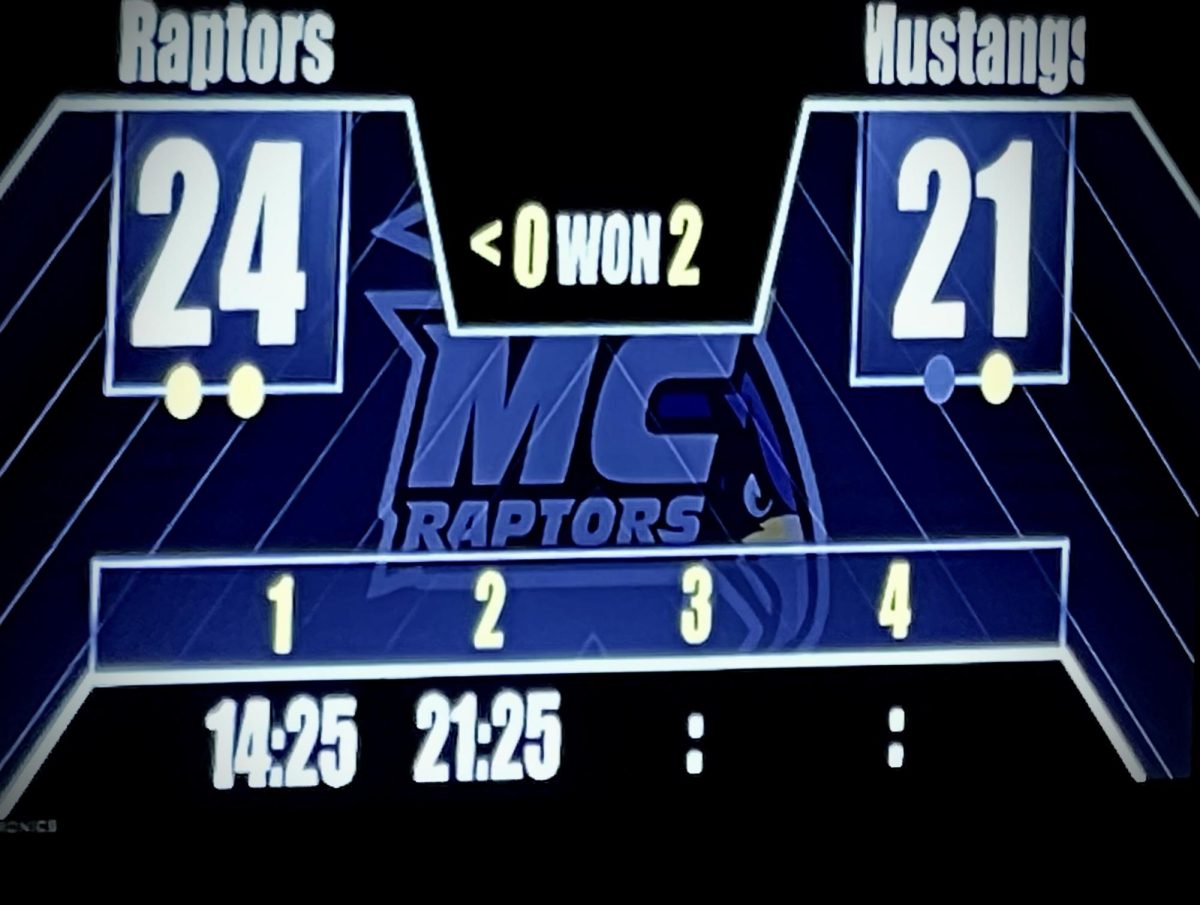Original: May 10, 2011 Issue 16
By: Stacey Hollis
Staff Writer
Many a meat eater has been known to scoff at those who prefer a diet of fruits, nuts, vegetables and grains. Vegetarianism, though, can become a person’s way to take a step toward a more sustainable and healthy earth.
Even those not willing to make such a momentous change as forgoing meat, it is worthwhile to have a better idea of the behind-the-scenes life cycle that leads to a finished meat product.
While that image of happy cows roaming across a big green field under the sun is nice, this stage unfortunately lasts for only the first 5 months of life. Cows just don’t grow fast enough on grass. Hence, the birth of the “Concentrated Animal Feeding Operation”.
This term, conceived by the Environmental Protection Agency (EPA), is stated in longer form on their website as “congregating animals”, their food and waste in “confined situations” rather than any means of “seeking feed” in pastures or fields.
Take this however you may.
In these “confined situations”, cows are suddenly fed a completely different and unnatural, calorie-rich diet to fatten them up as efficiently as possible in preparation for slaughter. The U.S. produces corn at such a monumental rate, what results is an enormous surplus, meaning cheap corn: thus, the perfect livestock feed.
Consuming corn, though, is detrimental to the health of cattle. It causes a reaction that increases the amount of methane produced in the intestine. One way to relieve this uncomfortable bloating is to belch.
And boy do they belch.
The EPA states, “Globally, ruminant livestock produce about 80 million metric tons of methane annually, accounting for about 28 percent of global methane emissions from human-related activities.”
This is an appalling amount, considering methane is one of the primary greenhouse gases contributing to global climate change.
To combat the health problems caused by corn, the cows are loaded up with antibiotics. This is in addition to growth hormones and nutrient supplements derived from ground up bones and feces of livestock. This slew of additives is assimilated into the body, readying a cow for slaughter faster than nature could ever achieve. So while meat is readily available for consumption, there are many unnatural forces involved that aren’t mentioned on the packaging.
Also unmentioned is the deforestation required to create land for grazing; or the water and air pollution from factory farms, including methane, carbon dioxide and nitrous oxide.
Finally, consider the massive energy input involved, starting with the preparation of the corn (including fertilizer production and application); the transport of the corn; the housing, feeding and transport of the cattle; the slaughtering and processing the cow into meat, and the transport of the meat.
With all these issues in mind, one can better understand what impact the food they eat can have on both themselves and the earth. Taking steps toward eating locally, organically and vegetarian, all help reduce the devastating impact that we have made on our planet. How to begin? Visit the Rockville Farmers Market occurring every Saturday starting May 15th at Rockville Town Center. And for the sticklers, there’s even local, organic, grass-fed beef!







